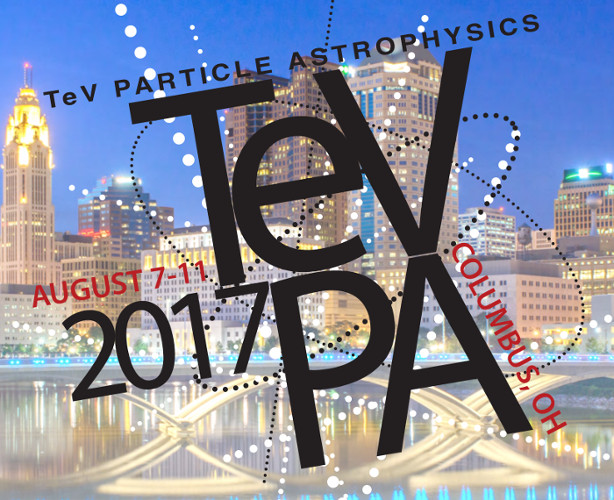Speaker
Description
The IceCube neutrino observatory routinely detects astrophysical neutrinos at TeV to PeV energies, but the origin of this signal is still unknown. To facilitate the identification of electromagnetic counterparts via time-domain searches, IceCube has begun issuing realtime public alerts for the highest confidence and best-localized neutrino events (median angular uncertainty < 1.0 deg). During the same period, the Dark Energy Survey (DES) has developed a Target-of-Opportunity program to search for optical transients associated with gravitational wave events using the Dark Energy Camera (DECam) on the Blanco telescope. During the 2017-2018 observing season for DES, we will expand this program to search for explosive optical transients, such as core-collapse supernovae, coincident with several IceCube alerts. The large aperture (4 m), wide field of view (3 deg^2), and southern location (latitude -30 deg) of Blanco/DECam complements the existing follow-up program for IceCube events. By targeting several neutrino events per year, beginning in 2017, we can reasonably expect to identify the first individual TeV-PeV neutrino source, or else place meaningful constraints on the internal physical processes occurring within core-collapse supernovae and other explosive optical transients.

